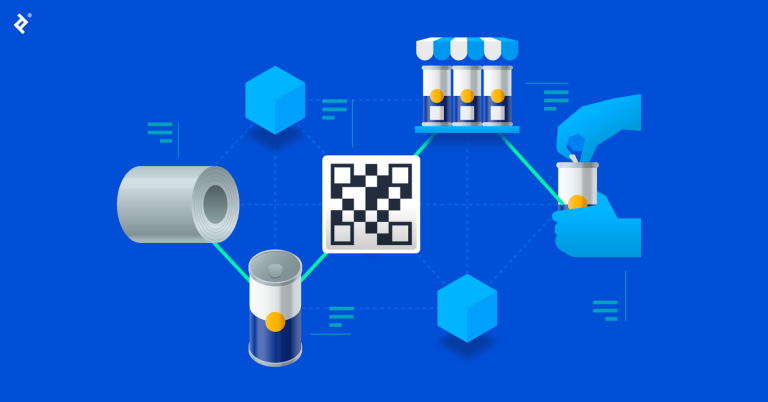The mining industry, characterized by high operational demands and harsh working conditions, depends heavily on the performance and reliability of its machinery. Unscheduled equipment failures not only disrupt operations but can also lead to significant financial losses. To address these challenges, many mining companies are turning to predictive maintenance—a proactive approach that leverages data analytics, sensors, and advanced algorithms to foresee equipment issues before they escalate. This transformative technology is helping reduce downtime, lower maintenance costs, and boost overall efficiency in the mining sector.
Understanding Predictive Maintenance in Mining
Predictive maintenance involves the continuous monitoring of machinery to identify patterns or anomalies that indicate potential failures. Unlike reactive maintenance, which addresses problems after they occur, or preventive maintenance, which follows a fixed schedule, predictive maintenance ensures that repairs or replacements are made only when necessary.
Mining equipment such as haul trucks, crushers, drills, and conveyor belts are equipped with sensors that collect real-time data on various parameters, including vibration, temperature, pressure, and lubrication levels. This data is analyzed using machine learning algorithms and predictive models to detect warning signs of wear and tear, enabling timely intervention.
How Predictive Maintenance Works
- Data Collection
Sensors embedded in mining equipment collect data on operational parameters and environmental conditions. For example, a sensor might monitor the temperature of a motor to detect overheating or track vibration levels to identify potential misalignments. - Data Analysis and Interpretation
Advanced analytics tools process this data to identify patterns and correlations. Machine learning algorithms are trained to recognize early signs of failure by comparing current performance data with historical records. - Alerts and Recommendations
When potential issues are detected, the system generates alerts, providing actionable insights for maintenance teams. For instance, a notification might indicate that a conveyor belt requires tightening or that a motor bearing is nearing the end of its lifespan. - Maintenance Execution
With these insights, mining companies can schedule maintenance at the most convenient times, ensuring minimal disruption to operations.
Benefits of Predictive Maintenance in Mining
- Reduced Downtime
By identifying potential failures before they occur, predictive maintenance prevents unscheduled shutdowns, ensuring continuous operation of critical mining equipment. - Cost Savings
Timely maintenance reduces the need for expensive emergency repairs and extends the lifespan of machinery, leading to significant cost savings over time. - Improved Safety
Equipment failures in mining environments can pose severe safety risks. Predictive maintenance minimizes these risks by keeping machinery in optimal working condition. - Enhanced Productivity
With machinery running smoothly, mining operations can maintain high productivity levels and meet production targets more consistently. - Environmental Sustainability
Well-maintained equipment operates more efficiently, consuming less energy and producing fewer emissions, which aligns with the industry’s growing emphasis on sustainability.
Real-World Applications in Mining
- Haul Trucks
In open-pit mining, haul trucks are critical for transporting ore. Predictive maintenance systems monitor engine performance, tire pressure, and brake conditions to ensure these vehicles remain operational and safe. - Conveyor Belts
Conveyor systems are vital for moving materials efficiently. Sensors monitor belt tension, roller wear, and motor performance to prevent costly breakdowns and delays. - Drilling Equipment
Predictive maintenance in drills focuses on monitoring bit wear and hydraulic system health, ensuring consistent performance during ore extraction. - Crushers and Mills
These machines are crucial for processing mined materials. Vibration analysis and temperature monitoring help identify bearing issues and lubrication problems, preventing major failures.
Challenges in Implementing Predictive Maintenance
While predictive maintenance offers numerous benefits, its implementation in mining comes with challenges:
- High Initial Investment: Setting up sensors, data processing systems, and predictive analytics software can be costly, making it a significant upfront investment for mining companies.
- Data Integration Issues: Mining operations often involve equipment from multiple manufacturers, and integrating data from different systems can be complex.
- Skill Gaps: The adoption of predictive maintenance requires skilled personnel who can manage advanced technologies and interpret data insights.
- Harsh Environments: Mining equipment operates in extreme conditions, such as high dust levels and temperature fluctuations, which can affect sensor accuracy and durability.
Overcoming the Challenges
- Scalable Solutions: Companies can start with pilot projects on specific equipment to demonstrate value before scaling predictive maintenance solutions across their operations.
- Partnerships with Technology Providers: Collaborating with tech firms specializing in industrial IoT and predictive analytics can help overcome technical barriers.
- Training Programs: Investing in workforce training ensures that personnel can effectively use and manage predictive maintenance tools.
- Robust Sensor Design: Using sensors designed to withstand harsh conditions ensures reliable data collection.
The Future of Predictive Maintenance in Mining
As technology advances, predictive maintenance in mining is expected to become even more sophisticated. The integration of 5G connectivity will enable faster data transmission, allowing for real-time monitoring of equipment. Artificial intelligence (AI) and machine learning will continue to improve the accuracy of predictive models, reducing false alarms and providing deeper insights into equipment health.
Additionally, predictive maintenance is likely to become more accessible to small and medium-sized mining operations as the cost of sensors and analytics tools decreases. Combined with the growing emphasis on sustainability and efficiency, predictive maintenance will play a critical role in shaping the future of the mining industry.
Conclusion
Predictive maintenance is transforming mining equipment management by reducing downtime, cutting operational costs, and enhancing safety. While challenges remain, the benefits of adopting this technology far outweigh the obstacles, making it an essential tool for modern mining operations. As the industry embraces data-driven decision-making, predictive maintenance will continue to revolutionize how mining companies maintain their equipment and achieve operational excellence.



